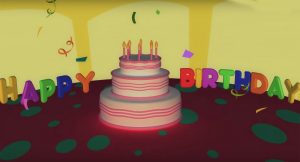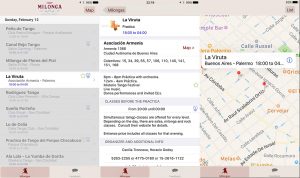Typically referred to as ‘The Molinete’. This is the ubiquitous turn that everyone uses, even though there are 7 more that are equally as useful, it has the default turn for most dancers. The part that you should pay attention to is the second word in that phrase, ‘Follower’. This is Follower specific vocabulary. There is a Lead component to it, which is called a ‘Giro’ (translated from Spanish to English it means “I turn”), but this is really all about the Follower.
The Follower’s Molinete is a very recent reconstruct. That’s so because of the Molinete, up until about 30 years ago was not the predominant turn. That distinction was held by it’s displaced kissin’ cousin, the Milonguero Turn. For almost 60 years this was the preeminent turn in Tango until someone came along and changed that overnight: Gustavo Naveira. He, quite literally, turned (no pun intended) the Molinete from an obscure tool that almost no one was using into a work or art, science, and study. And all because the turn itself accentuates Applied Disassociation which is (now) associated with the linear ocho (or what you think of as ‘Traveling’ Ochos). (See Also > The Follower’s Molinete in Tango Topics Dictionary)











